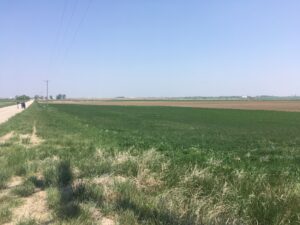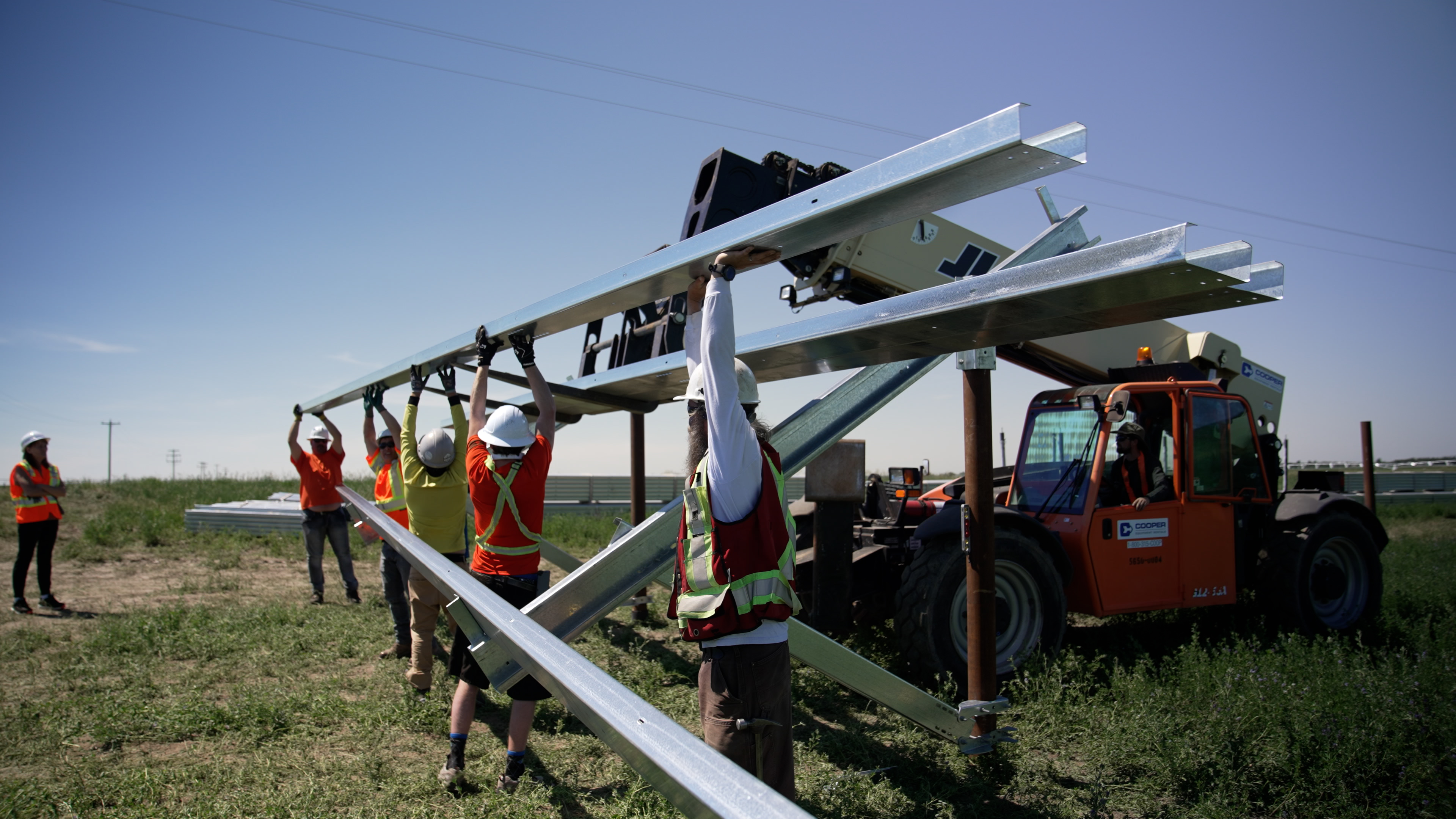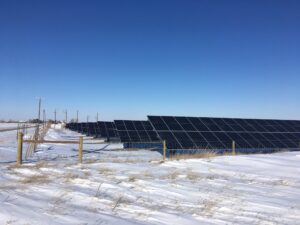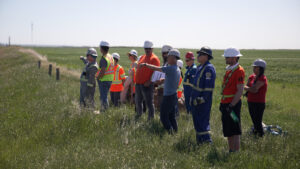Turning Oilfield Liabilities into Solar Energy Assets, RenuWell
Projects Sponsor
By 2008, after a 30-year career in geoscience research in the oil and gas industry, Keith Hirsche, now President of RenuWell Energy Solutions Inc., was becoming increasingly aware that while our modern society relies on inexpensive energy provided by conventional oil and gas, these resources were rapidly depleting. He also knew that while we are currently able to meet our energy needs with some production from unconventional resources (oil sands and fractured shale), the economic and environmental costs we are paying for these barrel-scraping barrels are enormous. Having been heavily involved in research to improve oil and gas production for decades, including research into reservoir characterization and production monitoring related to enhanced oil recovery, in-situ oil sand production and Carbon Capture Utilization and Storage (CCUS), these were all things Hirsche was well positioned to understand.

On the positive side, as his burgeoning interest in renewable energy technology amply showed, he recognized that there was much to be hopeful about on the sustainable energy front. Unfortunately, he also recognized that problems related to land access, grid infrastructure, and the initial investments required to deploy these systems were stymying growth in the sector. A lot about this situation hit very close to home for Hirsche, literally.
By 2015, the mature oilfield that operated on his own family’s farm was nearing the end of production. His father had been a production operator on the oilfield prior to his retirement and Hirsche realized that the cost of electricity, which was required to operate the production facilities, was a major factor in the decision to discontinue operations. Since his parents were also partly dependent on the oil and gas lease revenue for their retirement income, he thought it would be mutually beneficial to convert some of the inactive oil leases to solar arrays. This would reduce the cost of production and continue the lease rentals.

While that plan was ultimately shelved, it did lead to the realization that converting abandoned oil and gas leases to community-scale (1 MW) solar projects could address many significant problems emerging in rural Alberta.
On the oil and gas side, these installations could reduce liabilities associated with reclaiming production leases, offset the loss of property taxes for municipalities, provide continued lease rental income for landowners and create ongoing employment opportunities.

On the renewable energy side, the concept provides access to land with service roads and powerlines already in-place and it reduces the pressure to remove more land from agricultural use. These community-scale solar projects also provide low-cost power that is required for operating irrigation systems without requiring upgrades to the distribution and transmission grid system.
This was all happening in the late 2010’s when, with its costs declining, solar was finally having its moment in the sun, yet grid connection and a lack of skilled workers were limiting solar power growth. Alberta, which was facing a growing number of oil and gas company bankruptcies resulting in lay-offs and a massive increase in abandoned and orphan wells, began to look to Hirsche like the land of solar opportunity. He researched the technical and economic feasibility of converting these abandoned sites to solar and began discussions with the Alberta Energy Regulator on how to develop this concept without causing additional regulatory problems.

Once it was determined that community-scale solar projects on abandoned oil and gas leases could compete with larger utility-scale solar projects, and that it was possible to convert these sites within the existing regulatory framework, the endeavour seemed markedly more feasible. However, despite interest at multiple levels, uncertainty related to oil and gas liabilities associated with the Redwater case that was before the Supreme Court of Canada, made oil and gas operators reluctant to move forward.

Hirsche’s enterprise, fittingly named RenuWell, ultimately installed a total of 1.45 MWdc (1.25 MWac) of community solar generation capacity on two orphaned well leases in the MD of Taber. Using the lease locations that had been previously disturbed for oil and gas production allowed the solar to be deployed without removing 8 acres of land from agriculture. Utilizing the existing access roads and power lines provided savings for the solar installation and also saved the Orphan Well Association more than 80% on the lease closure costs.
During the first year of operation, the two projects combined to generate more than 1.9 GWh of electricity while saving 1,065 mt CO2e in carbon emissions, which is enough energy to irrigate more than 11,000 acres.

In addition to the power generation, in partnership with Iron and Earth and Medicine Hat College, RenuWell designed a training course that provides oil and gas workers who are decommissioning oil and gas facilities with the skills required to begin the solar installation. This course was held as part of the project construction, and 13 oil and gas and Indigenous workers completed the inaugural offering.
The completion of the pilot project met the majority of the goals which the RenuWell team had set in their initial funding proposals and they’re continuing to work with representatives of government, regulators and industry to move the concept towards commercialization. Based on the pilot results, repurposing 10% of Alberta’s inactive well inventory would result in 6,200 MW of solar PV capacity with annual generation of 8,100 GWh of electricity and a GHG emission savings of approximately 4,300,000 tCO2e/year. It would also reduce reclamation costs by more than 50% while preserving 30,000 acres of agricultural land.
Leaning into a sustainable future, RenuWell is installing new solar tech on old oil well sites, putting the sunshine to work for Alberta’s economy and our global sustainable future.













